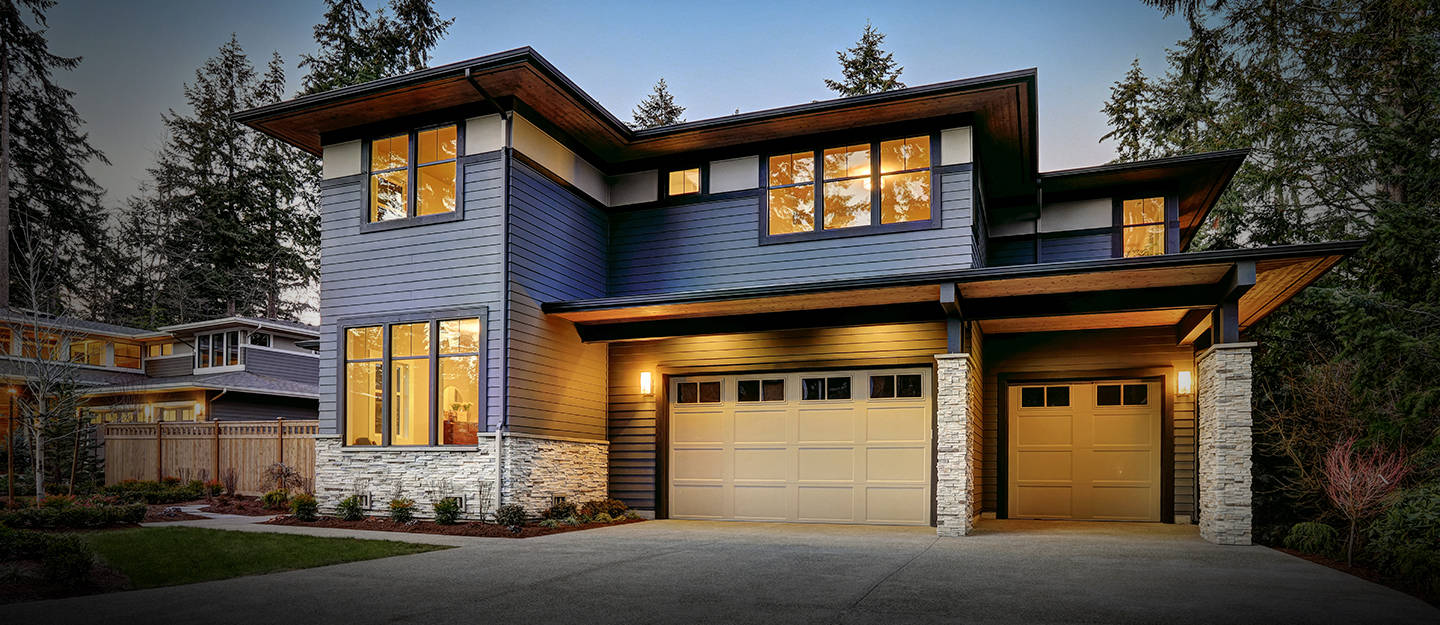Exterior cladding materials play a crucial role in protecting buildings from external elements while enhancing their aesthetic appeal. With a wide range of options available, it can be overwhelming to choose the right cladding material for your project. In this comprehensive guide, we will delve into the world of exterior cladding materials, exploring their types, properties, benefits, and applications.
- Understanding Exterior Cladding Materials:
Exterior cladding materials refer to the layers or coatings applied to the external walls of a building. These materials serve as a protective barrier against weather conditions, moisture, and other environmental factors. They also contribute to the overall design and architectural style of the structure. - Types of Exterior Cladding Materials:
2.1. Traditional Cladding Materials:
- Brick: Known for its durability and timeless appeal, brick cladding offers excellent thermal insulation and fire resistance.
- Stone: Natural stone cladding provides a luxurious and elegant look, with options like granite, limestone, and slate.
- Wood: Wooden cladding adds warmth and natural beauty to buildings, but requires regular maintenance to prevent decay and weathering.
2.2. Modern Cladding Materials:
- Metal: Metal cladding, such as aluminum or steel, offers durability, versatility, and a contemporary aesthetic. It is lightweight and can be easily customized.
- Fiber Cement: This composite material combines cement, sand, and cellulose fibers, providing durability, fire resistance, and low maintenance.
- Composite Panels: Made from a combination of materials like wood, plastic, and aluminum, composite panels offer a wide range of design possibilities and excellent insulation properties.
- Properties and Benefits of Exterior Cladding Materials:
3.1. Thermal Insulation: Many cladding materials provide insulation, reducing heat transfer and improving energy efficiency.
3.2. Weather Resistance: Cladding materials should withstand harsh weather conditions, protecting the building from moisture, wind, and UV radiation.
3.3. Fire Resistance: Certain cladding materials offer high fire resistance, enhancing the safety of the building and its occupants.
3.4. Durability and Maintenance: The longevity of cladding materials and their maintenance requirements are crucial factors to consider.
3.5. Aesthetic Appeal: Exterior cladding materials contribute to the overall visual impact of a building, reflecting its style and character. - Applications of Exterior Cladding Materials:
4.1. Residential Buildings: Cladding materials can transform the appearance of houses, providing protection and enhancing curb appeal.
4.2. Commercial Structures: From office buildings to shopping malls, cladding materials play a vital role in creating a professional and inviting atmosphere.
4.3. Industrial Facilities: Industrial cladding materials focus on durability, weather resistance, and functionality, ensuring the longevity of structures.
Conclusion:
Choosing the right exterior cladding material is a critical decision in any construction or renovation project. By understanding the types, properties, and benefits of various cladding materials, you can make an informed choice that aligns with your project's requirements. Whether it's the timeless elegance of brick or the contemporary versatility of metal, each cladding material brings its unique characteristics to the table. So, explore the world of exterior cladding materials and create stunning, durable, and functional buildings.

